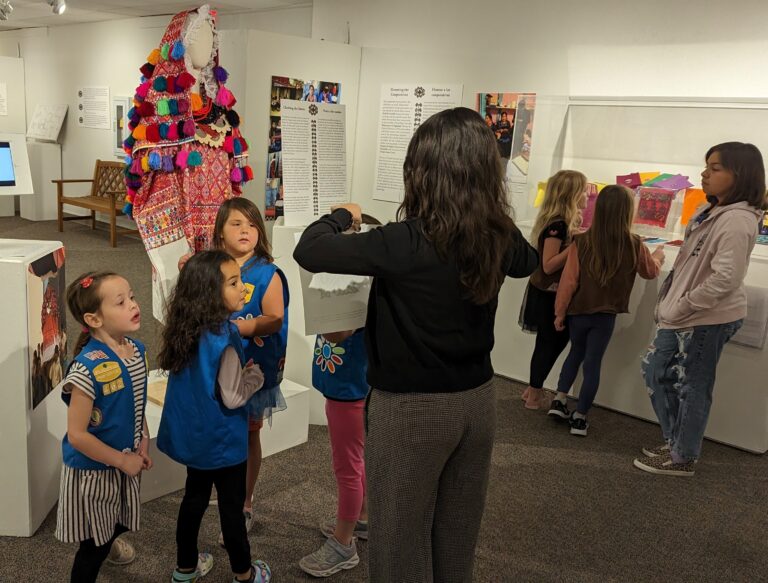COVID-19 in indigenous communities of Chiapas, Mexico
According to official sources, Chiapas has the lowest case rate and the lowest number of reported deaths from COVID-19 per 100,000 of Mexican states. However, the perception of little danger from the virus in Chiapas contrasts with the almost total lack of knowledge about what is happening in almost 2/3 of the state’s townships where 40% of the population lives, mostly indigenous people.
Struck by the almost complete lack of reports of cases of COVID-19 in indigenous communities from official sources, anthropologist Jan Rus has been collecting insiders’ accounts from tsotsil, tseltal, ch’ol and mam-speaking friends and colleagues in Chiapas. He has obtained information about fourteen townships and passed a rough draft of his findings to us. Although we can’t share a great deal of detail here, in sum he found the following:
The virus has been active from the end of April or early May with substantial numbers of deaths in indigenous communities. The state’s lack of assistance or concern for what is happening in indigenous communities, and decisions by these communities to avoid contact with public health services, has resulted in a serious breach of trust between the state and indigenous people. Past experiences have led indigenous people to feel distrustful of government health clinics and projects. Reports have circulated in their communities that there are no cures and in fact treatments in hospitals are killing patients. Unfortunately, false rumors on WhatsApp and other social media replace reliable information. As one person said, “With all the deceptions our people have suffered, they no longer believe in anything.”
Rus also received communications about a range of responses families and communities have made, from isolating, to quarantining, to treating symptoms with herbal remedies, often successfully. He concluded that careful surveying and oral histories will be needed after the pandemic abates in order to understand how the virus has effected indigenous communities and to prepare for future epidemics.











